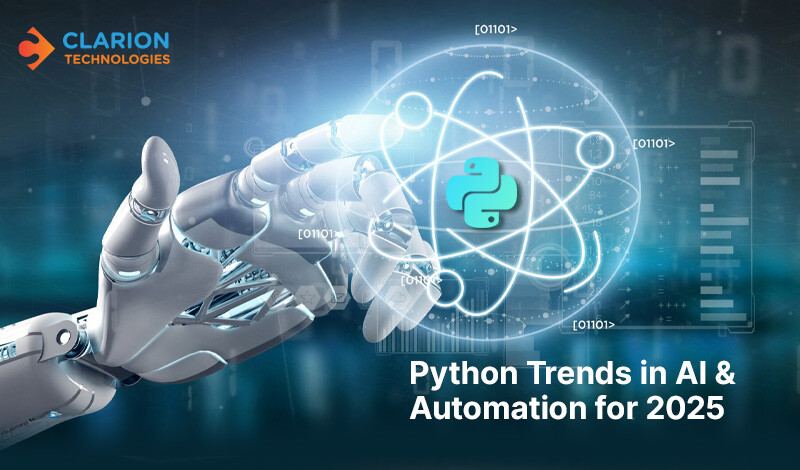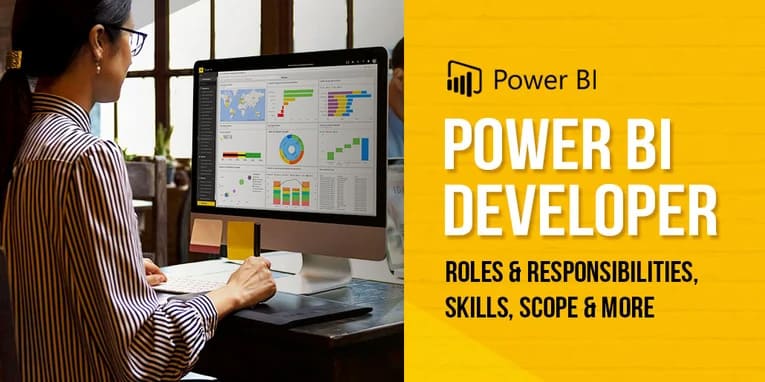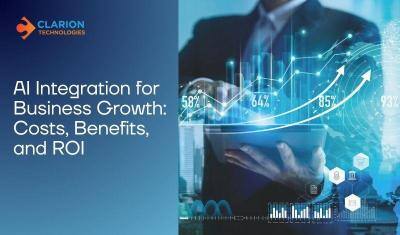As technology advances, businesses must adapt day after day to ensure they remain relevant and competitive. Hence, Java is one of the technologies, which keeps on being in the front line of computerized change. For more than two decades, Java has been a mainstay in the development of enterprise...
Explore why US banks are re-evaluating offshore development in 2026, driven by tighter regulations and rising cybersecurity risks.





 By Vinit Sharma - Technical Architect
By Vinit Sharma - Technical Architect

 By Amit Hiremath - CTO
By Amit Hiremath - CTO